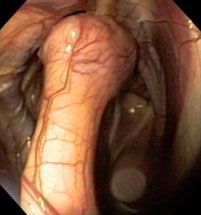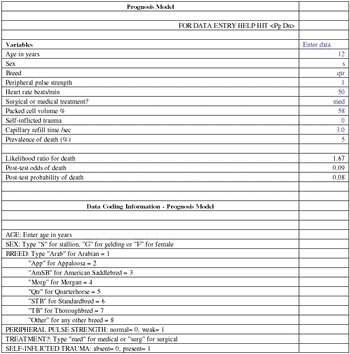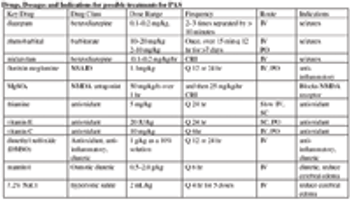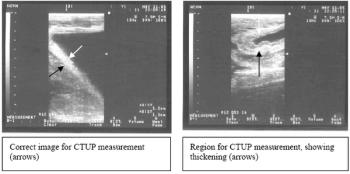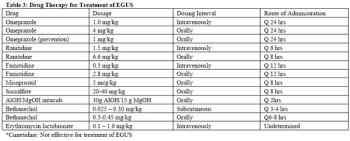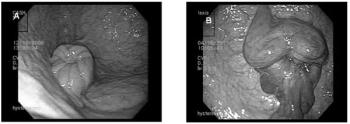
Hormonal management of mares is used to manipulate the onset of the breeding season, the timing of ovulation and in performance mares the prevention of estrus. Pasture breeding, hand breeding using teasing with estrus detection by a stallion, and artificial insemination (AI) of cooled and frozen semen are still commonly used in Canada.

